My paternal grandparents were born on neighbouring estates in the Talsu District of Latvia. As the crow flies there are approximately 8kms between Nurmhusen, my father’s family’s estate, and Dursupe where my grandmother Sophie Elisabeth Marie von Hohenastenberg-Wigandt, was born on 21 September 1881. I wish I had known that when I visited Nurmhusen.
According to the book Latvijas Pilis un Muižas (Castles and Manors of Latvia), Dursupe was built in 1820 and then reconstructed in the second half of the 19th century in a neo Gothic style. The photo above has been taken from this book. After an afternoon of Googling, I discovered several websites which mention Dursupe. This one details the history of the estate. Apparently the land was first parceled out in 1390 and went through a couple of owners. Then, in the 16th century, the land belonged to a Johann Altenbokumu. Interestingly a member of his family was the Governor of Tobago. Poor Johann was, according to the website, stabbed on a barrel of wine! There is no mention of a house on the estate in those early years, so I wonder where everyone lived before the manor was built.
Over the years the estate changed hands many times and the ownership becomes slightly confusing for me to follow – a situation not aided by Google translate. However it seems that Dursupe was bought in 1846 by my grandmother’s grandfather, Gustav von Hohenastenberg-Wigandt. Now, it looks as though Gustav sold Dursupe to his son Heinrich, my great grandfather, in 1873 for 80,000 rubles. The document I found in the New Kurlander Chronicles which details this, and subsequent real estate deals to do with the property, is in German and not easy to translate, but it seems as if there was some sort of credit owing on the estate.
According to my aunt, the eldest sister of my father, Heinrich enjoyed travelling much more than he enjoyed looking after his children, so, after the death of their mother, my grandmother and her siblings were brought up by their grandparents. In 1899, when my grandmother was 18, Heinrich sold Dursupe to Reginald Otto Woldemar von Boenninghausen-Budberg for 117,000 rubles. In hindsight Heinrich was smart to sell as apparently in 1919, during the Latvian War of Independence, the owners of Dursupe were murdered as a result of the uprising.
But, you ask, why is the manor haunted? Latvijas Pilis un Muižas (Castles and Manors of Latvia) tells us there is a round room in Dursupe where a Countess hung herself and it is out of this room ghosts often appear. I have attempted to trace this Countess but so far have been unable to discover who she was. It seems that official inspectors were sent to the manor to look into the ghostly hauntings. They discovered that, after eleven o’clock at night an unusual noise could be heard, lasting until one o’clock in the morning when everything went quiet again. The inspectors concluded that indeed something very strange was happening at Dursupe.
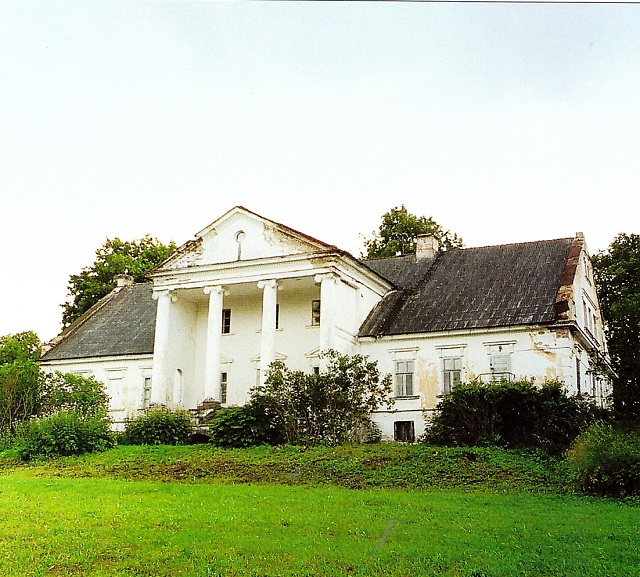
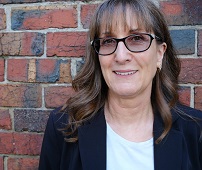
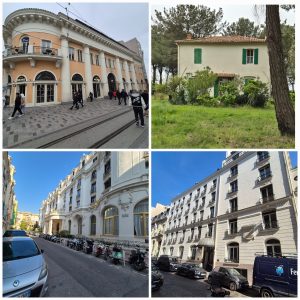
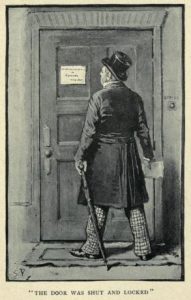
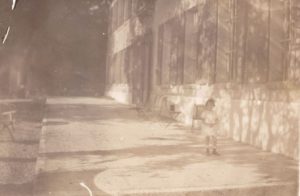
This Post Has 5 Comments
An interesting story!
I am looking forward to the end of COVID-19 to visit the area. My fourth great grandfather Colonel the Baron George Friedrich Wilhelm von Pfeilitzer gennant Franck (1767 Senten – 1853, Bath England) did some schooling at Nurmhusen before becoming a page to Frederick the Great, winner of Pour Le Merite, a Prussian then British Major for the Hanoverian Duke of York.
During this period he worked in French and was known as de Pfeilitzer and involved in the operational transfer of superlative military strategy from Prussia to England. Again relevant to this story, after he retired from the military, he went into the English civil service, where one of his appointments was head of customs for Tobago.
His first Baronin was from St. Kitts from the Garvey Plantation at Trinity Palmetto, now a hotel.
I had thought the the Altenbockum misfortune had happened at Klein Senten before my fifth great grandfather bought it from his dad, Franz George from Struteln. But I could be wrong.
I believe the ultimate von Altenbockum story is second cousin Ursula https://en.wikipedia.org/wiki/Ursula_Katharina_Lubomirska
Thanks for reading! Your fourth great grandfather certainly had an interesting life!
Dear Alex (fon Firkss, this is in Latvian) first of all thank you for keeping families heritage and for your stories. Sometimes sweet, sometimes sad from the historical tumbles. But that is life. Thank You Mrs Loyd for your interest and idea to visit the Places. I am working around 30 years for tourism industry of Latvia and also doing my academic job. I hope successfully. But according COVID-19 there are some changes and I have started to pay more attention to Manors of Latvia as a Tourism products. Not only historical facts and architecture styles but also stories from the past, stories from the people who are living and working in these houses, traditions, parks and gardens, etc. I can see that people are interested in this, especially because travelling is limited in nowadays and local tourism is growing. I am trying to promote manors as a Tourism resource. In last 1,5 years I have visited around 200 manors. Those are in different conditions and used for different purposes. Oh, yes! My families name is Muiznieks, in English – Landlord. I am not “fon”, but I have land (25 ha) in Zentene (Senten). Zenten Manor was fon Lieven property. I will continue to read the future stories. But, if You need any advice or info from Latvia, feel free to contact me. On coming Sunday I am visiting Nurmuizu Manor and will have interview with a person working there with excavation and restoration. Usually these interviews are in Latvian and Russian languages, but probably I should think about English as well. You will see one of my websites bellow and there is also some competition to encourage travelers to travel in Springtime and take a pictures of snowdrops in Manor Parks. If You agree I could prepare some info about whats new in Nurmuiza. Some buildings looks great. I am also on Facebook – Armands Muiznieks and Instagram – Armands_Latvia_Guide.
Armands – it sounds as if you have very interesting plans. I have been to Nurmhusen twice now and I love it. I am always interested to hear how their restorations are progressing. Latvia is a lovely country. Maybe one day I will be able to visit again.
Dear Alex,
my name is Elena and I work in the social science library of Freie Universität Berlin.
For a scientific monograph on the First World War I am now researching almost a year after the burial site and other documents by and about Gustav Theodor Emil Moritz von Hohenastenberg gen. Wigandt born on 4.08.1860 in Odern near Talsen in Kurland, today Latvia; died 09.04.1934 in Berlin (registry office 2, certificate number 176))
I’m pretty sure he’s a captain and boss at the 9th Loth. Inf.-Rgt. 173, St. Avold. (Lorraine) was and is also known to me that on 4.3.1909 he was named Knight of Honour and 24.06.1922 was appointed Knight of Law and belonged to the Rhenish Cooperative.
Towards the end of his life he lived in Berlin, but the last info I found is dated 1915. He reported as a wounded man (loss list 1. Welkrieg Seite 11734) in Berlin Odern, Kurland 12.5.1915.
The Baron von Hohenastenberg lived in the Strasse am Lützow 6 in Berlin between 1914-1931, and I also have documents from the Herder-Institut (Marburg) about his work as a knight of St. John (1922 Potsdam).
However, I have no information about his activities in the period 1916-1934.
My question would be whether I can request information about the Baron Moritz von Hohenastenberg.
would be very pleased if they had documents that could help me in my Research.
I speak German, Italian and Russian and littl bit English. 🙂
Thanks
I’d be glad to have an answer.
Elena